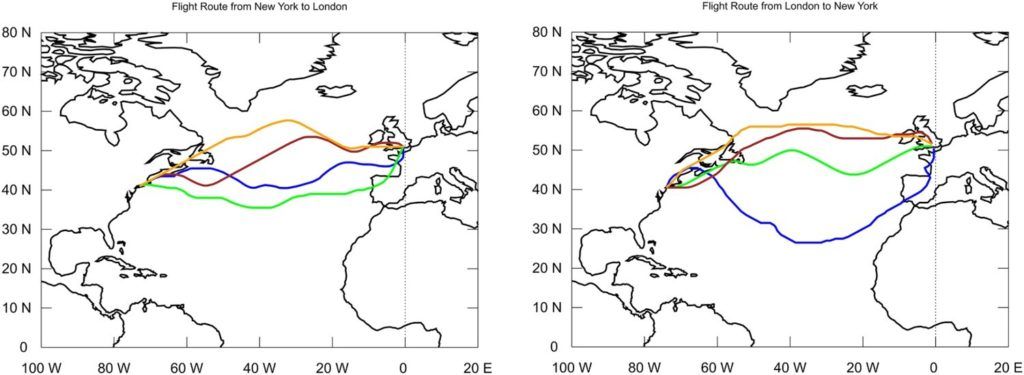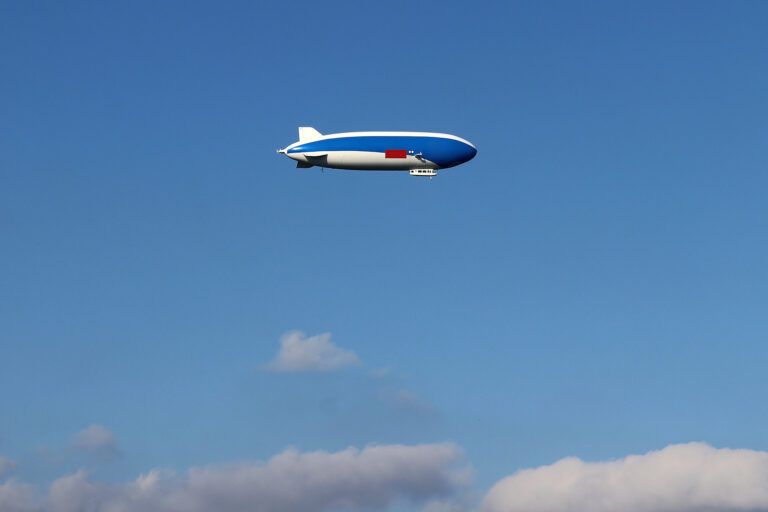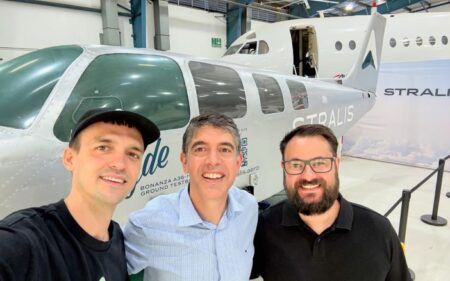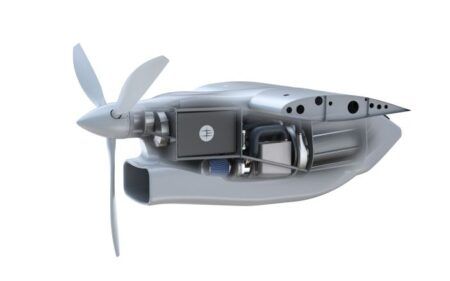Researchers in Germany have determined the fastest and most climate-friendly route from London to New York for a solar airship – if such an aircraft existed.
However, although emissions will decrease potential passengers will need to increase their patience –transatlantic journey times would be up to three days long compared, compared an average of around eight hours today.
The study by researchers from the Technical University of Munich (TUM) and the University of Erlangen-Nuremberg (FAU) used high-performance computers to work out the most climate friendly and fastest route from London to New York and back for an imaginary solar-powered airship.
The researchers, lead by Professor Christoph Pflaum from FAU and Prof Agnes Jocher from TUM simulated and calculated how fast an airship with solar cells on board could fly. They then identified the route an airship would have to take to optimally exploit wind and weather and sun positions.
Compared with long-haul freight flights, the researchers found that less than 1% of CO2 was emitted and compared to medium-haul flights 1.4%. Compared to commercial passenger airliners, the amount of CO2 emitted was around 5%.
Modern airship development
Christoph Pflaum said, “Our calculations show that solar airships could significantly reduce both transport costs and the CO2 emissions of air travel.
“Solar airships are climate-friendly because they are equipped with extremely light and highly efficient thin-film solar cells that recharge during the flight. As a result, no combustion-related emissions are generated.
“Unfortunately, this solar airship does not exist at the moment, but in California a company is investing heavily in developing a large, fully rigid airship for the first time in 90 years, which offers a lot of space and is well protected in wind and weather.”
The development of airships for commercial use was largely abandoned following the infamous Hindenburg disaster in 1937. But several companies around the world have recently restarted their development, including LTA Research in California, USA, Airlander in the UK, and Flying Whales in France and Canada.
These airship developers are using inert gases like helium for buoyancy, lighter, stronger materials and modern design, test, and manufacturing technologies. They also plan to use solar cells on board in the future as a power source to reduce their airship’s emissions.

Two to three days for a flight across the Atlantic
In the study, energy from the grid was only used to recharge the battery before the airship was launched.
Researcher Tim Riffelmacher said, “The battery is charged before the flight and then has to last for long distances. This is easier said than done, because at night there is no sun and the solar cells do not produce electricity.“
However, the research showed that optimizing the charging process made national, continental and even intercontinental flights possible. “According to our calculations, a flight across the Atlantic from New York to London takes about two days and one night,” said Pflaum. “In the opposite direction from London to New York we calculated a flight time of three days and two nights.”
“We only have to lower our expectations for flight time, because an airship flies much slower than an airplane.”
The paper “Design and route optimization for an airship with onboard solar energy harvesting” was published in the International Journal of Sustainable Energy.





